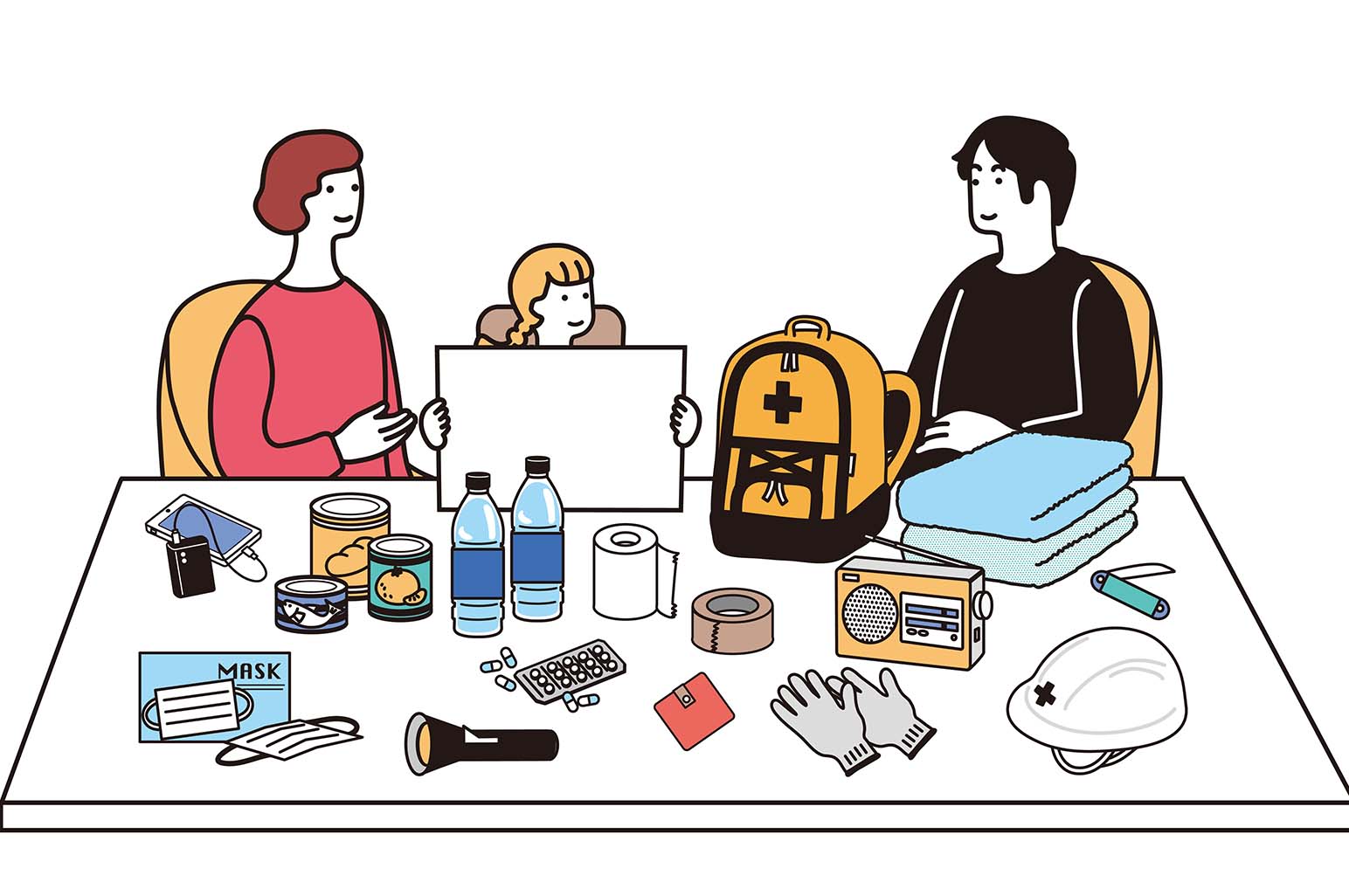
Introduction to Family Emergency Plans
A family emergency plan is a coordinated strategy that outlines how your family will respond to various emergencies. It involves identifying potential risks, establishing communication channels, designating responsibilities, and assembling essential supplies. A well-prepared plan not only enhances your family's safety but also provides peace of mind knowing that you're ready to face any adversity.
Step 1: Assess Risks and Hazards
The first step in creating a family emergency plan is to assess the potential risks and hazards in your area. These may include natural disasters like floods, tornadoes, wildfires, or man-made emergencies such as chemical spills or power outages. Research the types of emergencies that are most likely to occur in your region and consider their severity and frequency.
Step 2: Establish Communication Channels
Effective communication is paramount during emergencies when normal channels may be disrupted. Create a communication plan that includes multiple methods of staying in touch with family members. This could involve establishing a designated meeting point, setting up an emergency contact list with phone numbers and email addresses, and utilizing messaging apps or social media platforms for real-time updates.
Step 3: Develop an Evacuation Plan
In the event of an evacuation, having a clear evacuation plan can save valuable time and ensure everyone's safety. Identify escape routes from your home and establish alternative routes in case primary exits are blocked. Determine where you will go and how you will get there, whether it's a designated emergency shelter, a relative's house, or a predetermined safe location.
Step 4: Assign Responsibilities
Assigning specific roles and responsibilities to each family member ensures a coordinated response during emergencies. Designate tasks such as gathering emergency supplies, caring for pets, shutting off utilities, or administering first aid. Make sure everyone understands their role and knows what to do without hesitation in a crisis situation.
Step 5: Prepare an Emergency Kit
Assemble a comprehensive emergency kit that contains essential supplies to sustain your family for at least 72 hours. This kit should include water, non-perishable food, medications, first aid supplies, flashlights, batteries, a multi-tool, and important documents such as identification papers and insurance policies which you should keep in a home safe. Customize the kit based on your family's specific needs, including items for infants, elderly family members, or pets.
Step 6: Practice, Review, and Update
Regular practice and review are essential to ensure that your family emergency plan remains effective and up-to-date. Conduct drills to simulate different emergency scenarios and assess how well everyone responds. Use these exercises as opportunities to identify areas for improvement and make necessary adjustments to the plan. Additionally, review and update your plan annually or whenever there are significant changes in your family dynamics or living situation.
In Conclusion
Creating a family emergency plan is a proactive step towards safeguarding your loved ones in times of crisis. By assessing risks, establishing communication channels, developing evacuation plans, assigning responsibilities, preparing emergency kits, and practicing your plan regularly, you can enhance your family's resilience and readiness to face any emergency situation. Remember, the key to surviving and thriving during emergencies lies in preparation and proactive planning. Start today and ensure that your family is prepared for whatever the future may hold.







